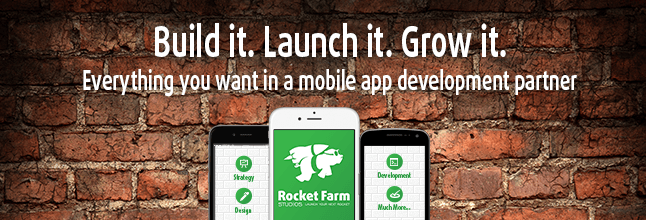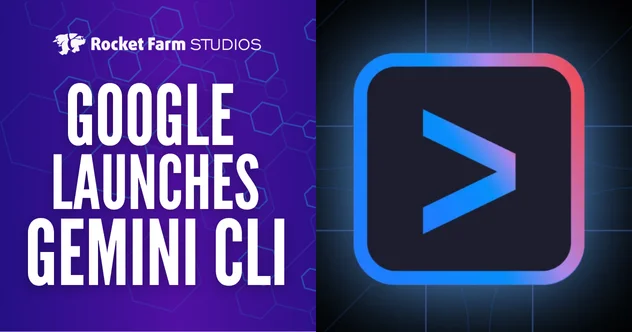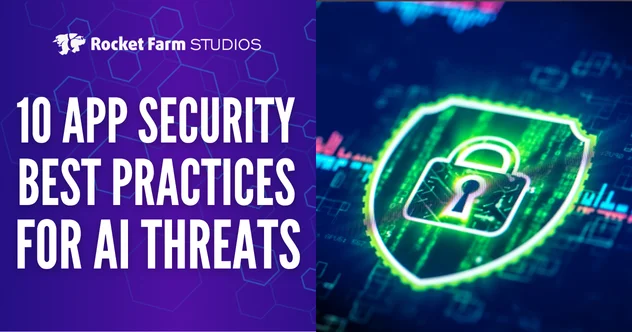Download our E-BOOK
3 IoT Takeaways from the Juicero Fiasco
April 27, 2017
by Ashley Rondeau
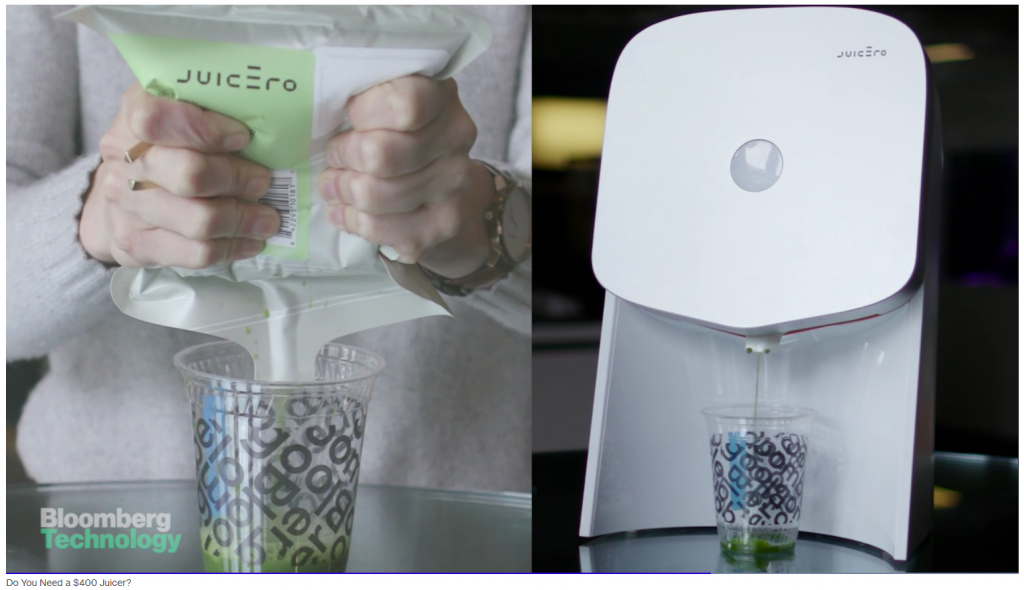
By now, you’ve probably read about the new laughing stock of Silicon Valley: Juicero. If you haven’t, you really should check out the hilarious video from Bloomberg.
Now, everyone likes a little schadenfreude once in a while, but Juicero’s embarrassing media storm gives us a little pause as well. After all, this was a high-profile Internet of Things (IoT) product and as fans of the coming IoT revolution, we would be loathe to see the young industry face a setback due to one overpriced device. Is there some lesson here to glean?
We think so. Here are the 3 IoT thoughts that businesses should takeaway from Juicero.
1. Not everything needs to be an IoT device.
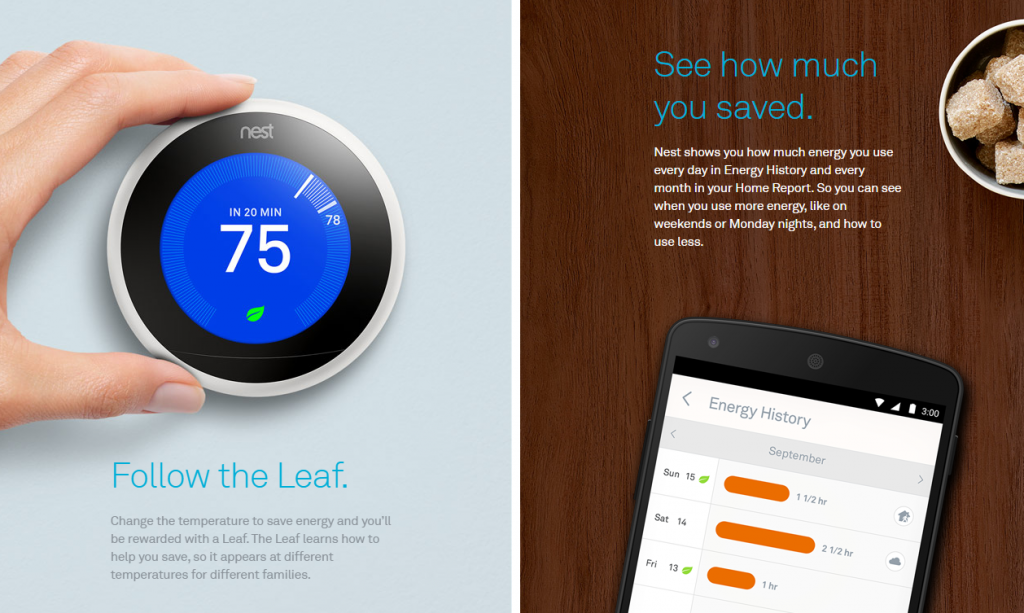

Yes, you can’t have innovation without a few missteps. Yes, hindsight is 20/20. And yes, people seem to like WiFi-enabled coffee machines so why not a juicer? But the Juicero fiasco should be a wake-up call to businesses looking to dive into the IoT waters.
Let’s look at a pretty successful IoT device that everyone knows about: the Nest thermostat.
The Nest is the poster child of IoT devices. Once it’s installed, the smart and connected thermostat is easy to use, can be controlled and programmed with an app, and is designed to eventually pay for itself. The Nest makes sense and everyone can see how a thermostat connected to the internet can save them time, effort, and money.
But why is the Juicero a connected device? Let’s look at the reasons the company states on its own website:
We can quickly see that these reasons don’t hold water. Transparency of ingredients? Every food product has a USDA label with that information. Updated firmware? That’s necessary to being connected in the first place, and you wouldn’t need it otherwise. Tracks consumption? You can tell which packs you’ve consumed by either looking at the stack of used packs, or looking at the packs you have left. Ensures high quality juice in case of a recall? That shouldn’t happen in the first place, since they also make the packs.
And that’s it. Those are all the stated reasons for being a connected device. If your company is looking to create an IoT device, make sure that the connectivity actually solves a pain-point for the end user. After all, adding WiFi to established products adds complexity, so you better be sure that the benefits outweigh the engineering.
Speaking of which…
2. Don’t over-engineer the IoT device.
By all accounts, the Juicero is an exquisitely engineered device. As it should be, for $399 (initially $699) not including the juice packs. Bolt did a fantastic and detailed teardown of the juicer, and while the whole post is worth a read to get a sense of how crazy the device really is, it’s summed up well in this sentence:
It’s clear that cost savings was not anywhere near a top priority for Juicero when designing this product (or if it was, something went horribly wrong).
Is your machine supposed to live on the International Space Station? Then sure, engineer the hell out of it. It’s one or two of a kind. But if it’s for mass consumption here on Earth, you have to keep it simple. First of all, more moving parts mean more points of failure. The last thing your company needs is a fleet of service people constantly out troubleshooting. Second, unlike Juicero, odds are that you won’t have $120 million from investors to burn in R&D. Third, and most important of all, you’ll be forced to pass the costs on to your customers.
Yes, consumers are used to shelling out hundreds for a smartphone, but that devices solves dozens of problems. And even then, people know that $700 iPhones are generally luxury items. That’s why there’s a huge market for much cheaper Android phones. Does a juicer, that does one thing well (ostensibly), merit people digging deep into their pocketbooks? Probably not, and that leads to…
3. Understand your target audience.
Bolt’s teardown sums up with this quote:
Our usual advice to hardware founders is to focus on getting a product to market to test the core assumptions on actual target customers, and then iterate. Instead, Juicero spent $120M over two years to build a complex supply chain and perfectly engineered product that is too expensive for their target demographic.

“Target demographic” is the key term here. Bolt posits that Juicero doesn’t understand its user base, and they’re probably right. Most likely, the people who would buy this device would be the well-off health-conscious; people who can drop four bills on a glorified fruit squeezer. But that’s a very niche market, and the jury’s out on whether that segment of the population is large enough to make Juicero a sustainable business. After all, rich people who like juice have plenty of other options up to and including walking into a juice/smoothie store.
Sure, plenty of products are made explicitly as luxury items for a small segment of people, but as the Washington Post pointed out, that’s not what the CEO of Juicero (Jeff Dunn) was going for:
Rather than admitting what the Juicero actually is — an entirely unnecessary device targeted at the tiny segment of the population who, for some reason, need expensive juice gadgets that they can control with their cell phones — Dunn claimed that his life’s work was in “solving our nation’s nutrition and obesity challenges.” His statement went on to embrace Juicero as the best solution so far, describing a mythological “frazzled dad” who needs the juicer in order to do something good for himself while getting kids ready for school, and a “busy professional” whose Juicero reminders keep her from wasting her hard-earned money.
If the goal was to provide fresh, healthy juice to the everyman, then it shouldn’t have been (over-) designed to be priced as a luxury item. It isn’t a product for the stated target demographic, and that’s a big problem.
At the end of the day, Juicero is just one IoT device. As slashgear put it, “IoT will survive this Juicero scorn.” But it should serve as a sobering lesson of the pitfalls to avoid when your company starts work on your IoT product. Or else you might feel the big squeeze next.
What do you think of the Juicero fiasco?
Related Blog & Posts

How to Increase conversion in 2025
With over 25 years in technology and product development, Dan leads Rocket Farm Studios with a commitment to innovation and growth.
Ready to turn your app idea into a market leader? Partner with Rocket Farm Studios and start your journey from MVP to lasting impact.”
Teams for App Development
We help companies build their
mobile app faster with go to market strategy

Technology and UX Audits

Early Design Sprints

MVP Creation

App Store

Growth Teams
Download Our Free E-Book
Whether you’re launching a new venture or scaling an established product, Rocket Farm Studios is here to turn your vision into reality. Let’s create something extraordinary together. Contact us to learn how we can help you achieve your goals.

